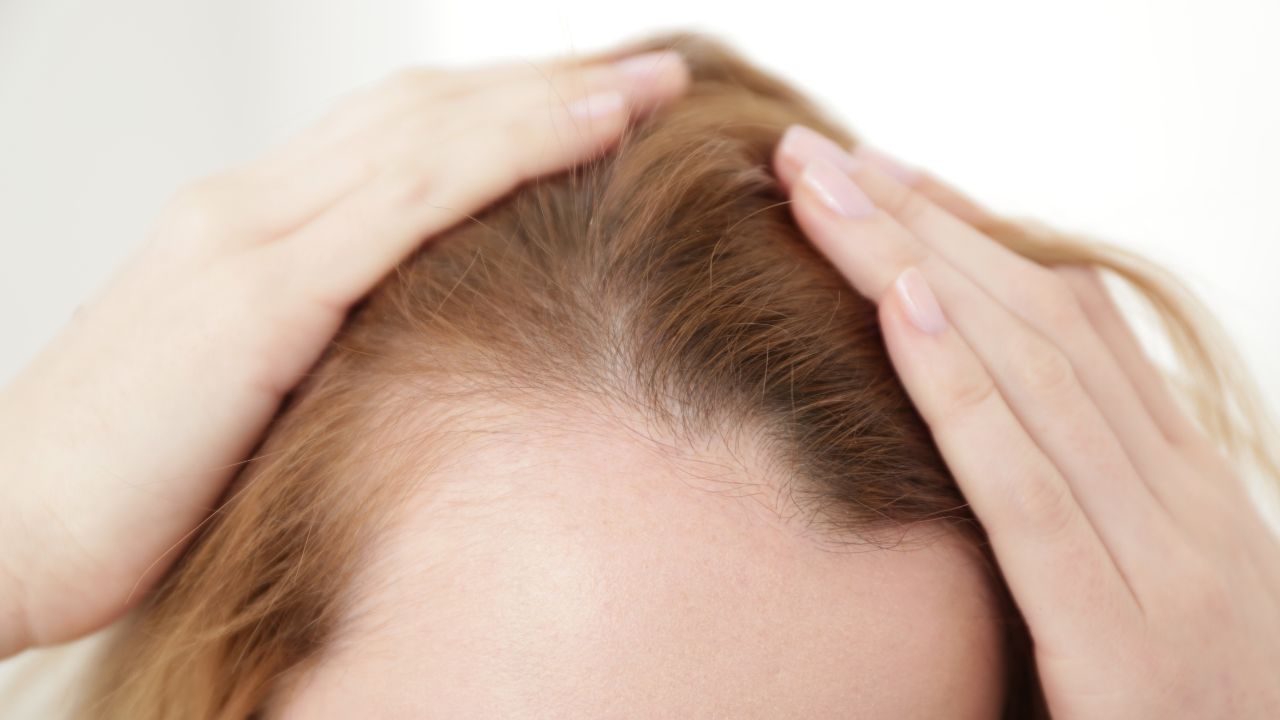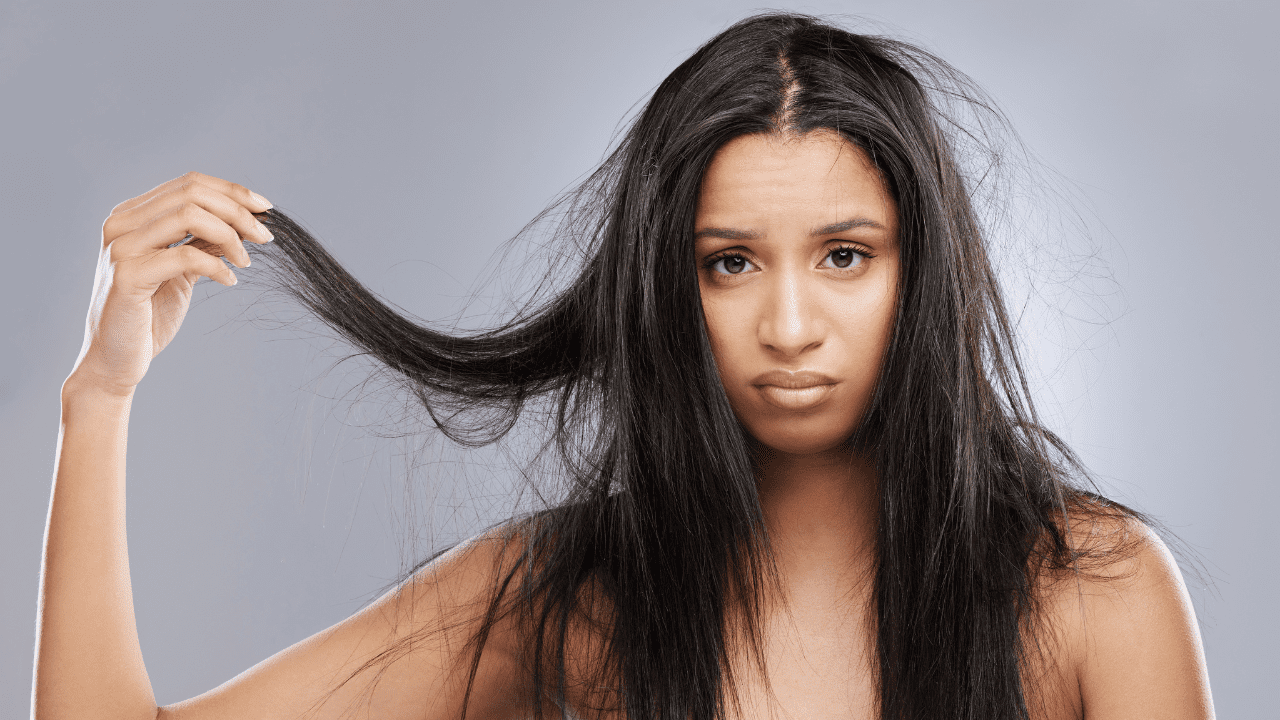The topic of a mature hairline vs receding often comes up in conversations about age, appearance, and even self-esteem. Everyone wants to know whether they have a normal or a “bad” hairline. Terms like mature hairline, receding hairline, and maturing hairline are frequently thrown around, but what do they really mean and entail? And what does a healthy hairline actually look like? This article aims to demystify these terms and provide clarity on the difference between a mature hairline and a receding one.
What is a Mature Hairline?
A mature hairline is a natural progression that occurs as we age. It’s essentially the transition from the hairline of youth to the hairline of adulthood. Unlike a receding hairline, which often signifies hair loss and balding, a mature hairline is just a change in the overall shape of the hairline.
Mature Hairline Examples:
A mature hairline can manifest in various ways. Some people might notice their hairline moving slightly higher or developing a more “m-shaped” hairline. In this case, the hairline doesn’t necessarily recede but rather shifts or matures.
Signs of a Receding Hairline
On the other hand, signs of a receding hairline are more distinct. If you’re wondering, “What does a receding hairline look like?” It often starts with the hairline moving away from its natural position. This can create an “m-shaped” or even a “v-shaped” hairline, which are both indications of balding.
Receding Hairline Examples:
When you compare mature vs receding hairlines, the difference is usually quite evident. A receding hairline is not just a change in shape; it’s a sign of thinning and potential baldness.
Maturing Hairline vs Receding Hairline
So, how do you distinguish between a maturing hairline vs receding? A maturing hairline is typically higher than what you’d consider a normal hairline but doesn’t show signs of thinning or baldness. In contrast, a receding hairline involves both the change in the hairline’s position and the thinning of hair.
What is a Maturing Hairline?
A maturing hairline is a high hairline vs receding, but the hair behind it is usually healthy and thick. It’s often seen in younger individuals, sometimes as early as the late teens or early twenties.
When Does Hairline Start Receding in Women?
For many women, a receding hairline might begin to become noticeable around their late twenties to early thirties. However, everyone’s hair and personal experiences are different, and some women may notice these changes at earlier or later stages in life.
What Age Does Hairline Recede?
Generally speaking, the age when hairlines start receding varies from person to person. It can start as early as the late teens or as late as the forties.
Normal vs Receding Hairline
A normal hairline, often referred to as a “good hairline,” sits slightly above the eyebrows, forming a gentle arc across the forehead. The difference between a normal hairline vs a receding hairline in males and females lies in its position and density.
Normal Hairline vs Receding Male:
In men, a normal hairline is slightly higher than in women, but both genders can experience receding hairlines.
Normal Hairline vs Receding Female:
Women tend to have a lower hairline than men, making it slightly more challenging to distinguish between a maturing and receding hairline in females.
Receding Hairline vs Widows Peak Hairline
A widow’s peak hairline is a natural hairline characterized by a V-shape in the center of the forehead. While it might seem similar to a receding hairline, they are not the same. A widow’s peak is a genetic trait and is not indicative of hair loss or baldness.
V vs M Shaped Hairline:
Both V and M-shaped hairlines can be considered normal, especially if they are natural and not the result of hair loss. However, a V-shaped hairline is often associated with a widow’s peak, whereas an M-shaped hairline can be a sign of a maturing or receding hairline.
Mature Hairline in Women
For women experiencing a mature hairline, the shift in their hairline can be a point of concern or just a natural part of the aging process. It’s crucial to distinguish between a mature hairline and hair thinning. A mature hairline is a normal change associated with aging, whereas hair thinning involves a noticeable reduction in overall hair volume and density.
Balding vs Mature Hairline
Balding is characterized by noticeable thinning and loss of hair, particularly at the crown and temples of the head. In contrast, a mature hairline doesn’t involve significant hair loss. It’s more about the change in the hairline’s shape than any actual baldness.
Hair Transplant and Hairline
For those concerned about baldness or receding hairlines, hair transplant procedures offer a potential solution. However, it’s crucial to consult with a specialist to determine whether you have a receding vs mature hairline and whether a hair transplant is the right option for you. There are also many natural solutions and remedies available to combat receding hairlines and general hair loss. Contacting a trichologist can help you get on the right path toward preventing hair loss and even stimulating hair regrowth.
Do Hairlines Recede with Age?
Yes, hairlines can recede with age, but not everyone experiences it to the same extent. Factors like genetics, hormones, and lifestyle play a role in determining when and to what extent your hairline will recede.
Conclusion
Understanding the difference between a mature hairline and a receding one can greatly help alleviate concerns about hair loss and baldness. A mature hairline is a natural part of aging and doesn’t necessarily signify hair loss, while a receding hairline involves both the change in the hairline’s position and thinning of hair.
Whether you have a mature hairline at 20 or notice changes in your hairline in your thirties, forties, and beyond, it’s essential to monitor your hair density and volume and consult with a trichologist if you have any concerns.




